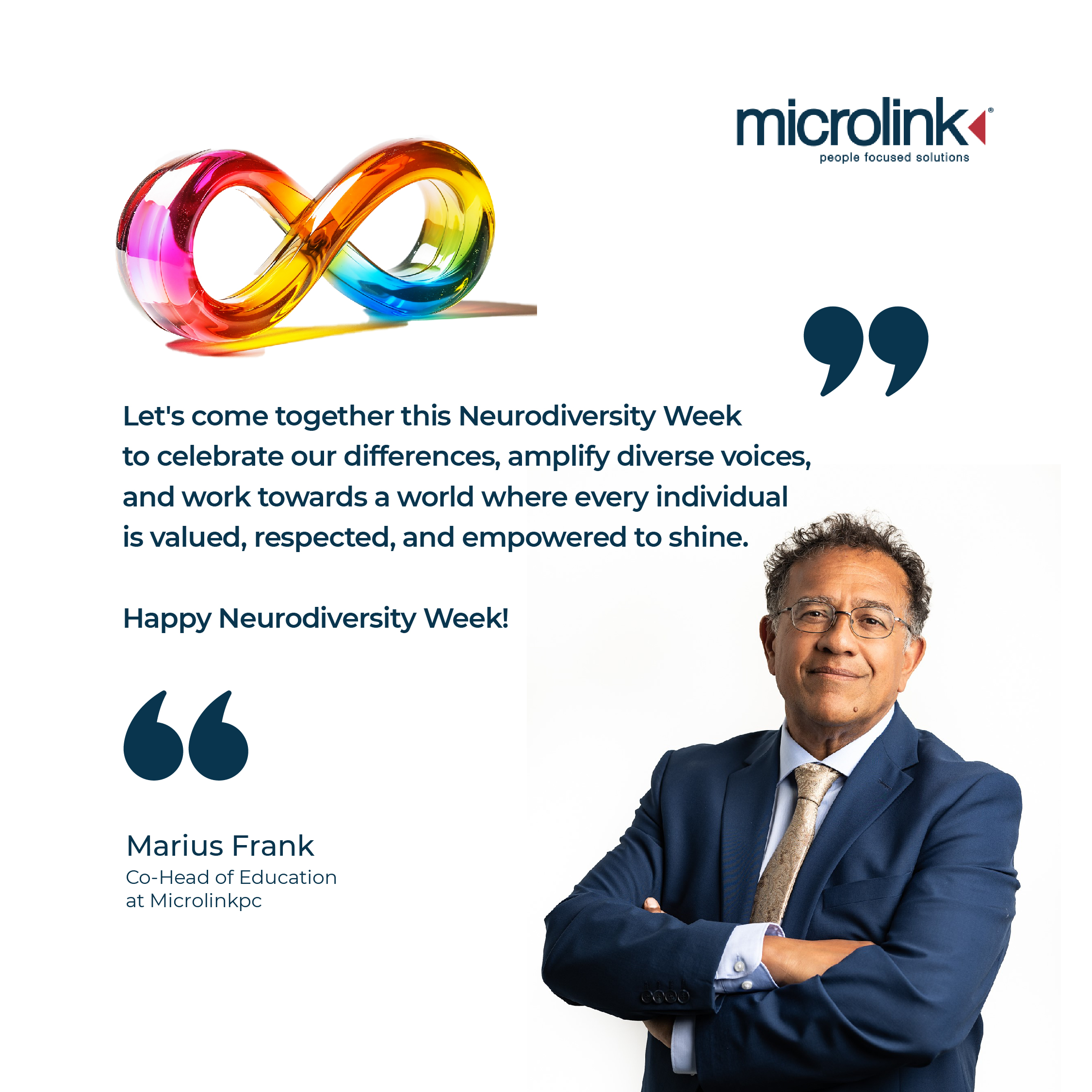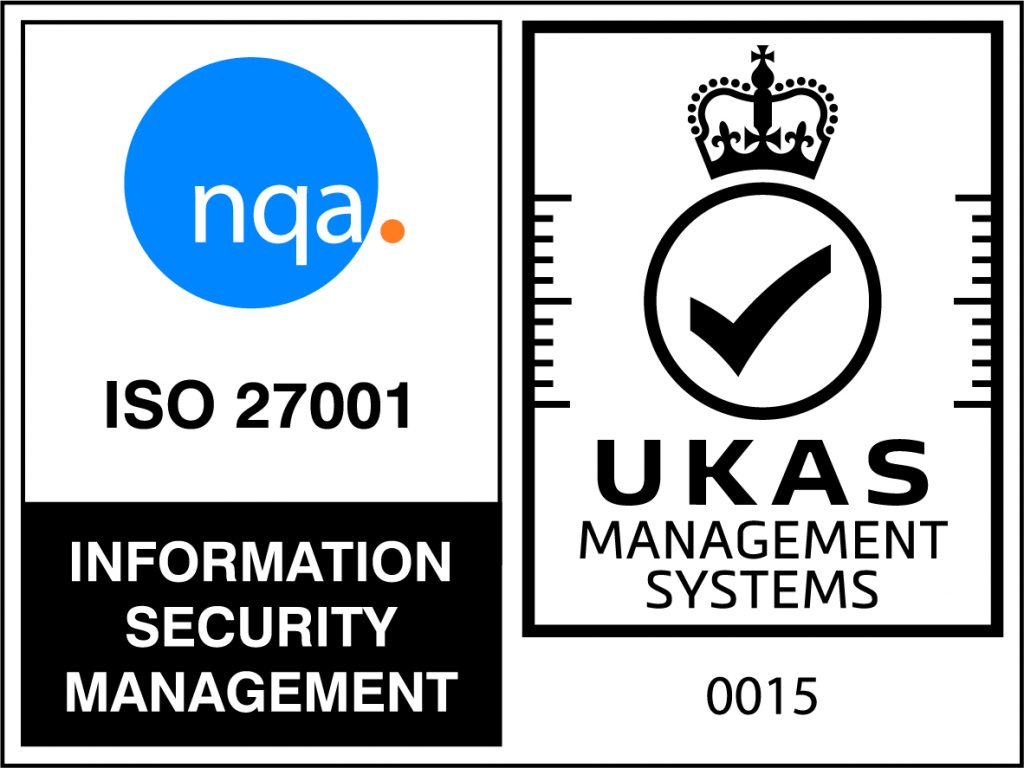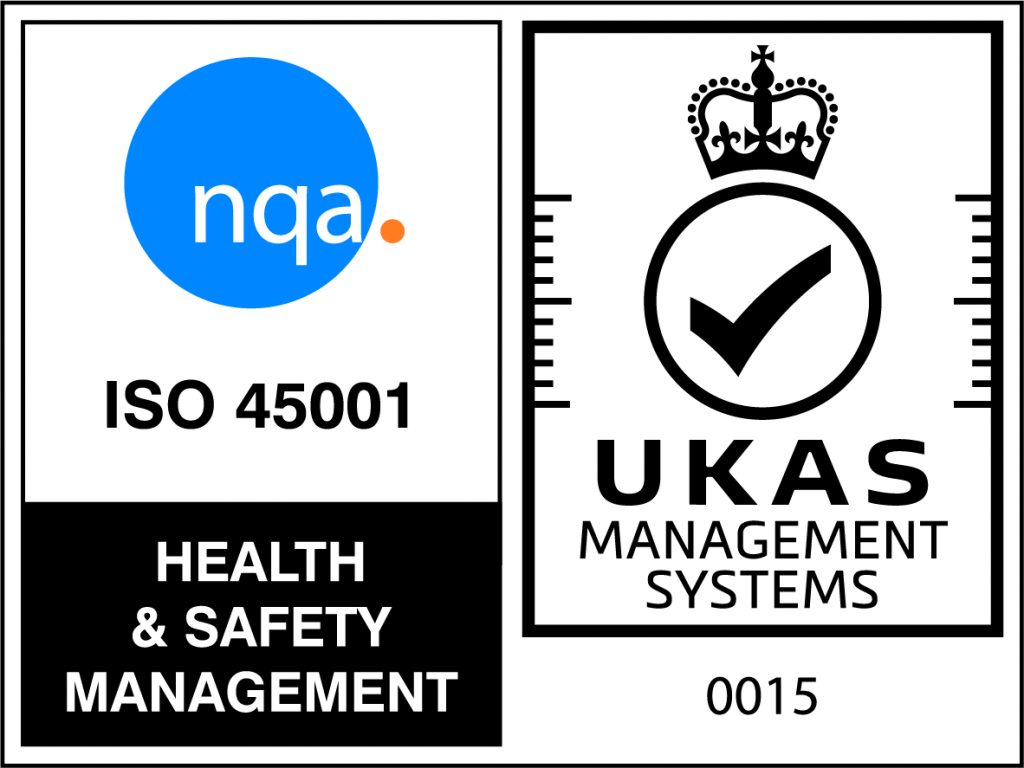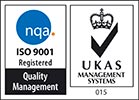This Neurodiversity Celebration week, I have had the privilege of addressing this question and others like it with some deeply passionate and exceptionally knowledgeable peers. We have covered so much ground this week that it would be impossible to touch on everything, but I want to take the time to share with you some takeaways from these discussions. Some of these ideas are not new. We owe much to figures like the late Sir Ken Robinson who so brilliantly articulated the need to reconceive our education system. That said, armed with ever-increasing evidence that our education system fails to cater to the neurodiversity in our classrooms, the need to bang the drum for change has never been more urgent!
This week I had the immense pleasure of speaking to Dr Nancy Doyle (Founder of Genius Within) about her fascinating article ‘Is Literacy Becoming Obsolete?’, published in Forbes magazine earlier this year. Nancy’s provocative article builds upon one of the central messages of Sir Ken Robinson’s renowned TED talk ‘Do Schools Kill Creativity?’ That being our education system’s hyperfocus on literacy and numeracy. Both Nancy and Sir Ken Robinson point out that, during the Industrial Revolution, the Victorians formalised a public education system which elevated these two subjects above any others. In doing so, they pushed those who struggled with numbers, reading, and writing into a state of ‘disability’ and defined barriers which prevented such individuals from entering the workforce.
Despite the epochal changes that society has seen in the over one hundred years since, these barriers still exist today. Rather like that other great innovation of the Industrial Revolution, the production line, our current education system places every child on a conveyer belt. From a young age, along their journey they are repeatedly examined and qualified, in literacy and numeracy above all else. Those who do not meet the criteria are given few, if any, alternative pathways. They are labelled by grading systems. In many cases, they are driven towards exclusion.
We know that neurodivergent young people are penalised by the nature of our current system, in ways that would frankly be called discriminatory in the workplace. Without the required grades, SEN or Neurodivergent young people are often later prevented from entering the workforce, even in areas where literacy and numeracy are far from primary skills. Our education system was built for a world without our contemporary understanding of neurodiversity. By contrast, the world of work has modernised rapidly, with technology dramatically altering how we communicate in all our working lives. It is long since time education catches up and becomes flexible enough to prepare young minds for the realities of the world they will one day enter.
This week I have been part of discussions which have touched on a huge range of different approaches which should all be part of the solution to these systemic issues. We have heard about how changes to the built environment can foster inclusion and impact behaviour, and how we can raise up the marginalised and unheard voices, to provide new perspectives. We have considered approaches to developing adaptive curricula that cater to the needs of different students in the same classroom, and how we supersede a target-based culture with one that focuses on the wellbeing of young people. All of these have been rich and fascinating, but there is one area I want to go into slightly more depth in for this piece: the use of Assistive Technology.
For Neurodivergent students, Assistive Technology tools can be life-changing both during education and in preparing them for later life. The advantage of introducing children to assistive technology at an early age is really two-fold.
Firstly, for those children, SEN or not, who struggle with Literacy or Numeracy (or any other subject for that matter) where assistive technology can be applied, it helps to level the playing field with their peers. For someone with severe dyslexia, a tool like Lexilens can enable them to read text twice as fast. For both student and teacher, it frees up precious time that might otherwise be spent attempting to catch up to the level of their fellow classmates. With this time a neurodivergent child could be encouraged to explore other skills or talents they may have which may help shape the rest of their life. By helping students in this way, it allows teachers to embolden SEN students and to foster their sense of confidence of independence, offering them the chance to feel a sense of belonging amongst their peers.
The second major advantage is that, by giving children the opportunity to learn with assistive technology, they are furnished with real-world skills that they will require when entering the world of work. An individual who is not only aware of the tools they need, but is highly proficient with using them, will be set up for success. If they have been using a piece of assistive technology from an early age, there will be no need to familiarise themselves with new technology to find and stay in employment in later life. Assistive Technology is all around us. It is in the predictive text which helps us write texts, and in the AI Voice Assistants like Siri, Cortana or Alexa in your phones and in your homes. Most importantly of all for education, it’s in the kind word processors and spreadsheet software which are already used by both schools and workplaces globally. It is only sensible therefore that we prepare our young people to make the most of the technology which will be at their fingertips throughout their careers.
At Microlink Education, we created the Be ThAT Teacher programme to help not only introduce more Assistive Technology in the classroom, but to train the teachers and educators overseeing its use. In our schools, not only do we not take enough advantage of Assistive Technology, in many instances we actively discourage their use. There is a level of technophobia which is doing a disservice to our children. Our mission is to change these attitudes and show how Assistive Technology, often completely free-to-use, can be at the centre of a revolution in education.
I want to conclude this piece by saying this: as the incredible engagement I’ve seen this Neurodiversity Celebration Week has shown me, there are huge numbers of people who are deeply passionate about change. There are parents, teachers, teaching assistants, headteachers, governors out there who understand the need for progress. By working together to reach the changemakers we will succeed in making a lasting difference, but we should be articulating a positive case. Of course, there is a real need for investment, and we must demand it, but we must also share the free quick wins: listening to neurodiverse voices, changing attitudes, sharing knowledge and using freely available technologies. We must be louder than the voices peddling regressive nostalgia, those who want to take education backwards and tighten the restrictive structures that are proven to fail neurodivergent children. If we all work towards this common goal, then I know we can give all our children a better future.
I would like to acknowledge, in particular, the wisdom and knowledge of Dr Nancy Doyle, Architect Mark Ellerby, Inclusion Champion Kevin Hewitson, passionate AT advocate Alexandria Hoff and our very own Co-Head of Education at Microlink, Nic Ponsford, who have helped to make this a very special week.


 Back to News
Back to News

















